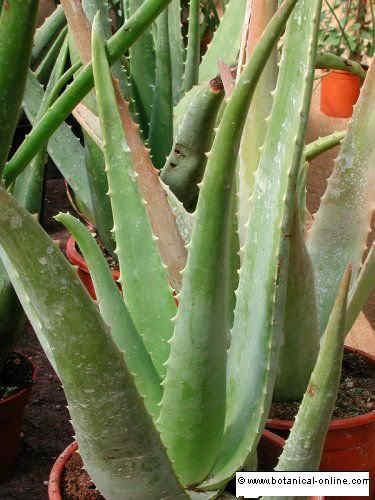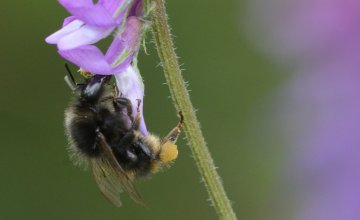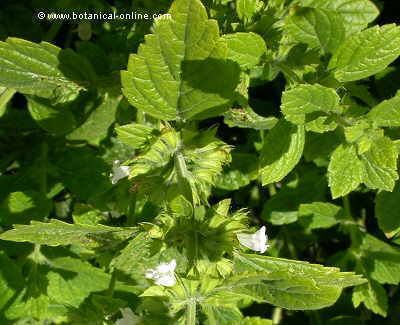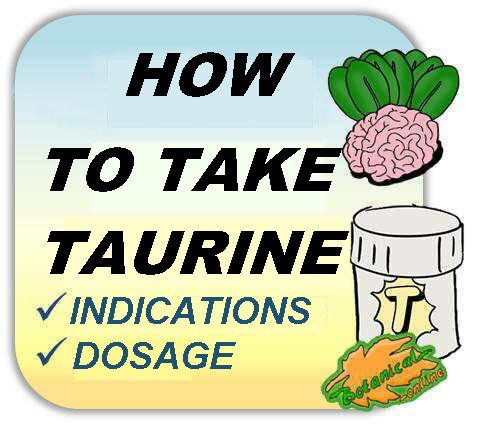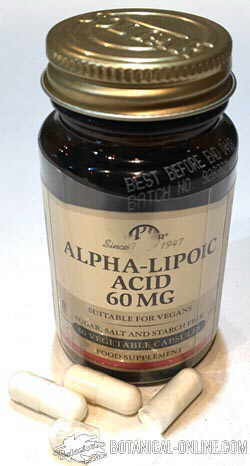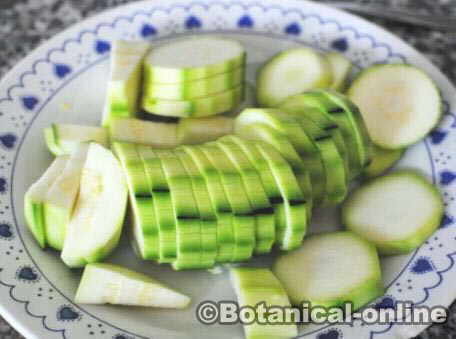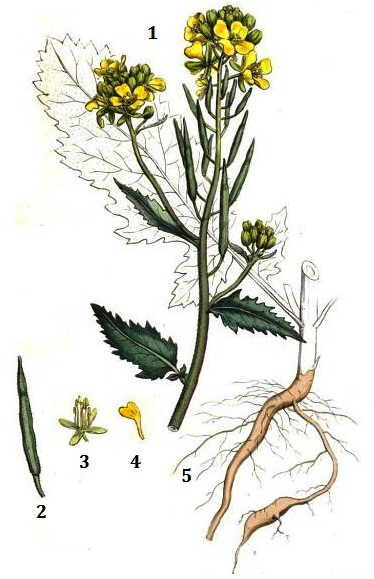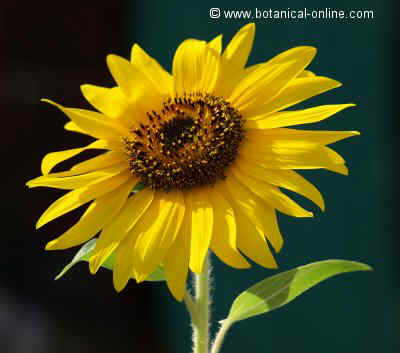Plants for breastfeeding
Phytotherapy: What medicinal plants are useful during breastfeeding?
During breastfeeding the use of medicinal plants concentrates in the use of those plants whose purpose will be the following one:
- Plants that increase the milk production for the suckling baby (Galactagogue plants)
- Plants to cure the cracks of the nipples or inflammations of the breasts. (anti-inflammatory plants)
What are galactagogue plants?
Galactagogue plants are those that stimulate the mammary glands increasing the milk production in the nursing mothers, because they contain principles with properties similar to feminine estrogens.
Main galactagogue plants: how to increase maternal milk?
Between all of them we can mention the following:
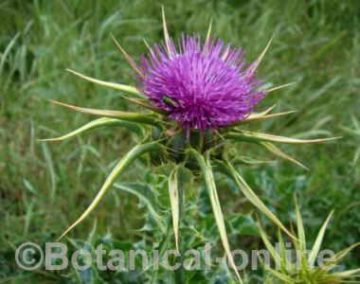
- Milk Thistle: (Silybum marianum) Milk thistle constitutes one of the main galactagogue plants traditionally used. Its use increases breast milk. (Decoction of a teaspoon of seeds per cup of water for 10 minutes. Take a couple of cups a day)
Attention: Although historically milk thistle has been used to improve the flow of breast milk, the fact is that currently there are not enough adequate and well controlled studies in humans, so it is not recommended for consumption during pregnancy or lactations. - Sesame: (Sesamun indicum) Sesame seeds stimulate the milk production. (Eat roasted and ground seeds)
- Caraway: (Carum carvi) Caraway seeds have the property to stimulate lactation in nursing women. (Caraway essential oil is contraindicated in this case). (2 grams of seeds (half a teaspoon) whole or crushed, per cup of water. Take a cup after meals)
- Fenugreek (Trigonella foenum-graecum) fenugreek or alhova has been used traditionally like one of the best galactagogue plants. Its seeds, rich in phytoestrogens, cause the infant to produce more milk. (Decoction of a spoonful of seeds per cup of water for 10 minutes. Drink 3 cups a day) (This infusion produces urine with a strong smell) (More information)
Attention: Fenugreek contains alkaloids, saponins and steroidal compounds that can pass into breast milk. Although traditionally used as galactogogue, safety is not guaranteed because there are few studies about it.
Are fennel infusions a suitable and safe galactagogue remedy?
Fennel infusions have traditional been considered a good galactagogue remedy, however some problems have been described using this plant for this purpose ( See: Fennel during breastfeeding)
Plants for breast infections
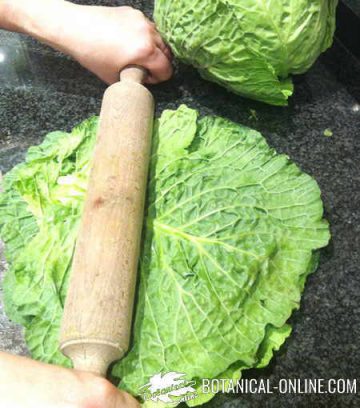
Breastfeeding sometimes produces significant cracks in the nipple through which the microorganisms penetrate, causing inflammation in the breasts, known as mastitis.
For cracks of breasts can use the fresh liquid of the comfrey root (Symphytum officinale) or liquid from the infusion of dried leaves of this same plant.
Appropriate use of this plant will eliminate pain and injection-producing microorganisms and allow breastfeeding not as a painful process. Other plants are:
- Cabbage (Brassica oleracea) The external use of cabbage leaves relieves the pain when it responds to inflammation by breastfeeding. (Crush a cabbage leaf without midrib and apply it over the painful area)
- Carrot (Daucus carota) Grind a carrot and apply a poultice on the painful area.
- Wheat: (Tritricum spp.) Boil a handful of wheat in half a liter of milk until it forms a paste and apply it on the sore breast.
Plants for breast inflammation
Other times the breast enlargement as a result of stimulation of mammary cells causes swelling in the breast that requires treatment with herbal medicine.
Use the right plants to reduce breast inflammation. Among the more important ones we can point out the following:
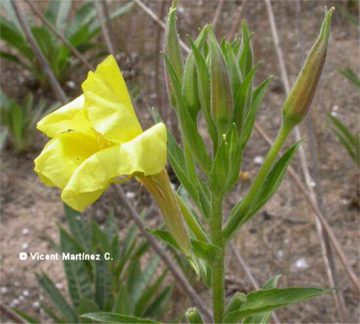
- Evening primrose = (Oenothera biennis) oil capsules of this plant, rich in Omega-6 fatty acids, are believed to reduce breast inflammation. (Take it according to the patients leaflet, mixed with food for easy absorption and prevent headaches or stomach problems.)
- Chasteberry (Vitex agnus-castus) Supplementation of this plant before menstruation help balance the hormonal imbalance. Is commonly used in daily doses of 225 mg. (Never give in case of pregnancy or lactation)
- Vitamin E: For pain relief may take 400 IU daily.
- Vitamin B6: The use of vitamin B6 in doses of 50-100 mg daily, divided into two doses for 15 days before coming rule greatly reduced PMS symptoms by increasing progesterone levels allowing a increased production of serotonin. Should not exceed the time of treatment to avoid toxicity.
![]() More information on breastfeeding
More information on breastfeeding

